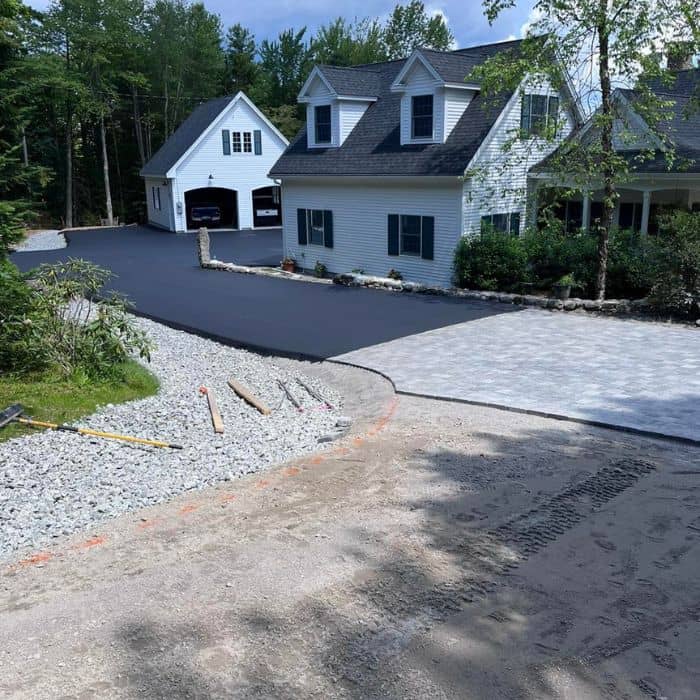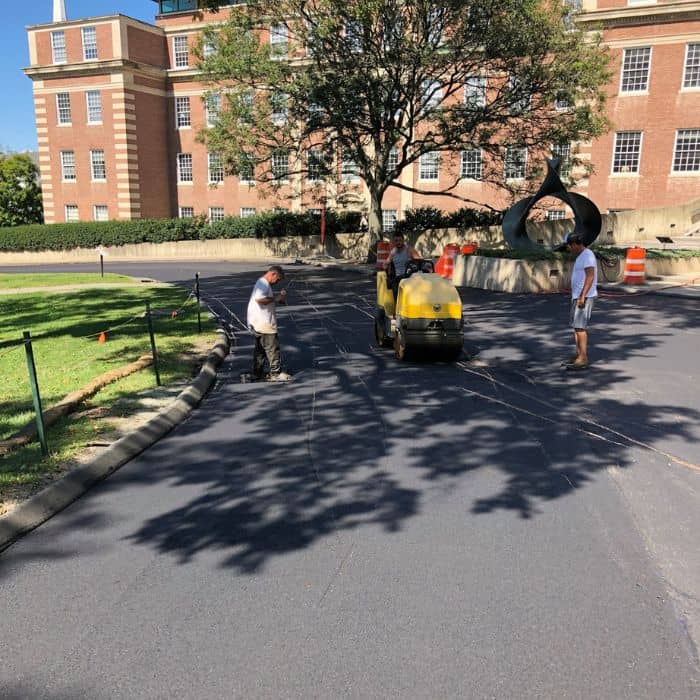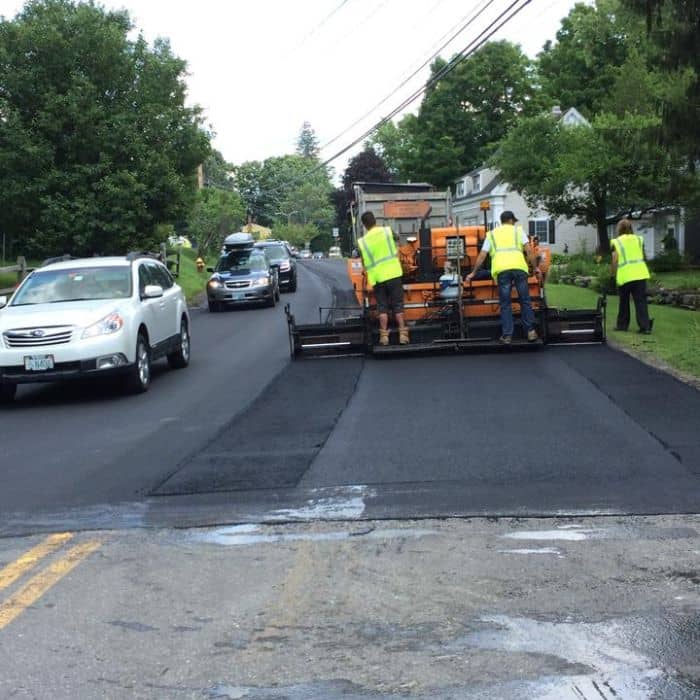
The paving industry is undergoing a profound transformation, andpaving in NH is at the forefront of this evolution. With advances in machinery, digital systems, and sustainable materials, paving professionals are delivering projects that are not only more efficient but also environmentally responsible and longer-lasting. These innovations are redefining how roads, driveways, and commercial surfaces are built and maintained throughout New Hampshire’s communities.
Smart Technologies Powering Modern Paving
In the past, paving projects relied heavily on manual assessments, visual inspections, and experience-driven estimates. Today, technology plays a decisive role in every stage of the paving process—from planning and design to execution and maintenance.
Modern paving companies are using digital tools to optimize accuracy and consistency:
- GPS-Integrated Equipment: Global positioning systems allow machines to follow exact design specifications, reducing material waste and ensuring precise compaction and grading.
- 3D Paving Control Systems: These systems use sensors to monitor layer thickness, slope, and alignment, resulting in a smoother and more uniform surface.
- Thermal Imaging and Sensors: These help operators monitor asphalt temperatures in real-time, minimizing weak spots and improving pavement durability.
Beyond efficiency, these technologies also enhance worker safety by automating repetitive tasks and limiting direct exposure to hot materials and heavy machinery.
Sustainable Materials and Eco-Friendly Practices
Environmental sustainability has become a core principle in infrastructure development across New Hampshire. Paving professionals are adopting methods that reduce carbon emissions, conserve natural resources, and extend the lifespan of paved surfaces.
Key sustainable innovations include:
- Reclaimed Asphalt Pavement (RAP): Recycling existing materials lowers costs and reduces the need for new raw aggregates.
- Warm-Mix Asphalt (WMA): This technology allows asphalt to be produced and laid at lower temperatures, cutting fuel use and greenhouse gas emissions.
- Permeable Pavements: Designed to manage stormwater naturally, these systems reduce runoff, prevent flooding, and support groundwater recharge.
Such advancements align with the growing demand for sustainable construction practices. Municipalities and private developers in NH are increasingly specifying eco-conscious paving options to meet regulatory standards and community expectations.
Digital Planning and Predictive Maintenance
One of the most impactful shifts in the paving industry is the integration of data analytics and predictive technologies. Instead of waiting for cracks or surface failures to appear, contractors now use digital monitoring tools to predict when maintenance is needed—saving both time and money.
Examples of predictive applications include:
- Pavement Condition Sensors: These embedded devices track temperature, pressure, and moisture levels to forecast wear patterns.
- Drones for Aerial Inspections: Drones capture high-resolution imagery, allowing contractors to detect early signs of damage or surface irregularities.
- Cloud-Based Project Management: Centralized data systems enable teams to plan, schedule, and manage projects in real-time, ensuring on-time delivery and cost control.
This data-driven approach minimizes downtime, reduces operational costs, and extends the functional life of paved infrastructure.
Enhancing Durability Through Innovation
Technology is not only optimizing how paving projects are managed—it’s improving the quality of the final product. Advanced compaction equipment ensures that materials are evenly distributed and compacted, eliminating weak areas that might otherwise lead to early deterioration. Moreover, new formulations in asphalt mixes incorporate polymers and nanomaterials that increase elasticity, strength, and resistance to temperature fluctuations common in New Hampshire’s climate.
The state’s freeze-thaw cycles can be particularly damaging to pavement. Through the use of intelligent sensors and adaptive materials, contractors can now design pavements capable of flexing and recovering from these stresses, resulting in fewer cracks and potholes over time.
The Role of Automation and AI in Paving Operations
Artificial intelligence and automation are gradually transforming paving operations into highly precise and controlled environments. Machine learning algorithms analyze vast amounts of data to improve efficiency in resource allocation, temperature management, and quality control.
Applications of AI in paving include:
- Automated rollers that adjust compaction pressure based on material temperature.
- Smart mixing systems that regulate asphalt composition in real-time.
- Predictive algorithms that identify optimal paving times and temperature windows.
These innovations allow paving teams to complete projects faster and with fewer errors, improving overall productivity while maintaining high-quality standards.
Challenges in Adopting New Technologies
Despite these advancements, the shift toward technology-driven paving is not without challenges. Smaller contractors often face financial barriers when investing in advanced machinery or software systems. Additionally, workforce training is essential to ensure operators and engineers can effectively use these technologies.
Public infrastructure budgets can also limit the pace of adoption. However, many NH municipalities are recognizing the long-term cost savings that result from technology-enhanced paving—lower maintenance costs, improved road longevity, and reduced environmental impact.
By fostering public-private partnerships and encouraging innovation grants, state and local governments are helping accelerate modernization across the paving sector.
The Road Ahead: Building Smarter Infrastructure
As New Hampshire continues to invest in transportation and community development, the role of technology in paving will only expand. The integration of automation, data analytics, and sustainable materials will continue to define how infrastructure is built, managed, and maintained in the years ahead.
Future trends likely to shape the industry include:
- Fully autonomous paving equipment capable of executing projects with minimal human oversight.
- AI-driven infrastructure networks that communicate real-time road conditions to maintenance teams.
- Advanced materials engineering that enables pavements to self-heal micro-cracks and extend service life.
These developments will not only improve performance and safety but also contribute to smarter, greener infrastructure systems across the state.
Conclusion
Technology is no longer an accessory—it is central to the future of paving. New Hampshire’s paving industry has embraced innovation to enhance efficiency, sustainability, and quality in every project. As digital systems and automation continue to advance, the benefits will be felt across municipal, commercial, and residential developments alike.
For contractors working beyond state borders, includingAsphalt Companies in Vermont, the same technological principles are reshaping best practices—promoting smarter, more resilient infrastructure throughout New England. The paving industry’s future is digital, data-driven, and built for long-term performance.








